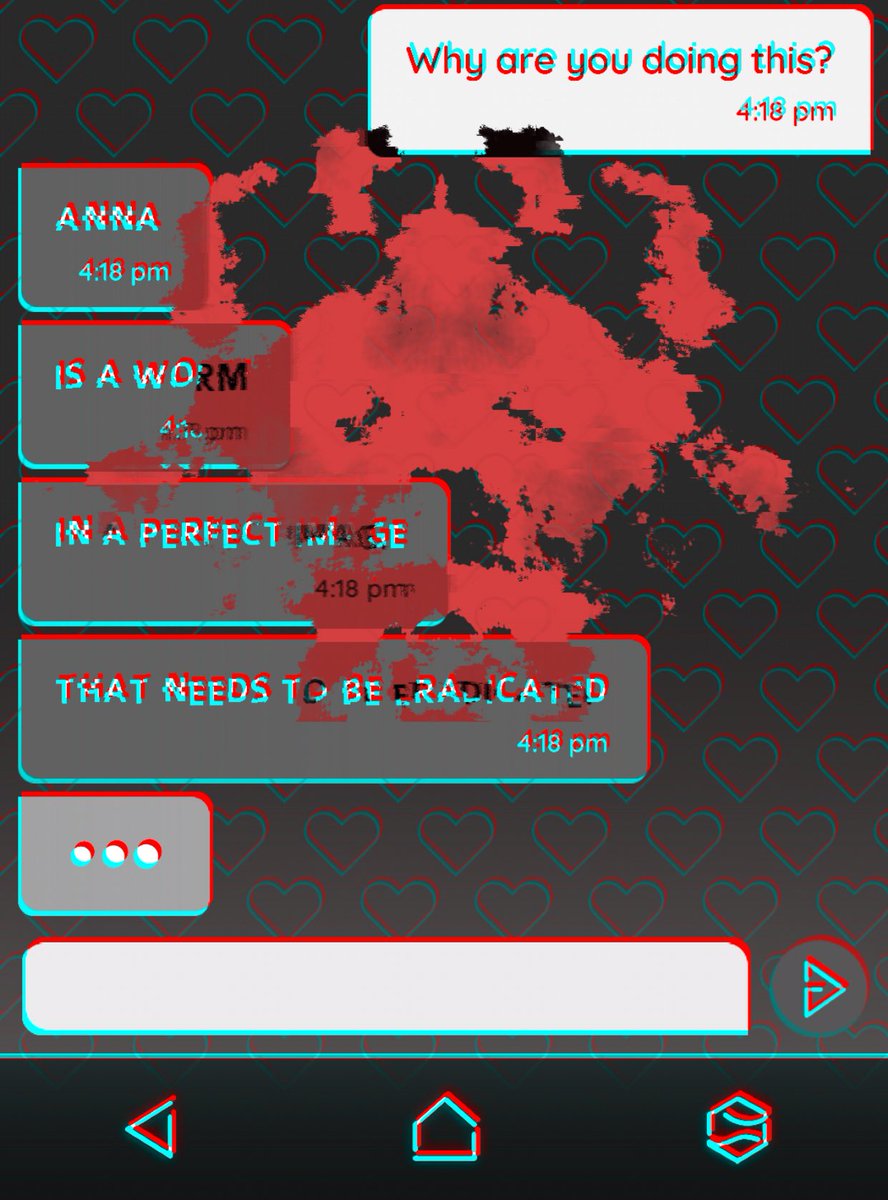

I would say that there are two primary ways to engage with Instagram overall. Instagram is perhaps the easiest, but also perfect illustration for trying to understand the relationship between what’s real and the simulacrum. I will use Instagram to make my case since most people are familiar with it, and the terms used by Baudrillard can be easily applied to it.
#Simulacra definition Offline#
This is important because it has an effect on the self and how we interpret our identities, but it also effects the way we interpret the identities of others who we interact with on these platforms, creating a hyperreality where the lines of where our online identity and our offline identity are so blurred that it’s impossible to tell the difference. Through this understanding I would like to make the argument that social media and the way it works, as well as how many of us use it as a primary form of communication, is essentially turning each person into a sort of simulacrum, where each profile is just a representation of the individual where the individual no longer exists. With my brief explanation of Baurdillard (there is a lot more you can read about and interpret on your own) we now have a foundational understanding of what he believes is happening behind the scenes of our culture. This is what Baudrillard believes is happening in modern society with almost everything we can think of. The kingdom is the real, map is the simulacrum simply a representation of the kingdom but since the kingdom no longer exists, the representation has become the reality. This is what Baudrillard means when he talks about a simulacrum. After the passage of time the kingdom would eventually fade, and all that was left to exist was the map that was drawn up of that kingdom. Eventually, the map had become so physically big that it covered the entire kingdom. In order to do so he hired the best map makers to draw up this map.

The explanation he mentions is an old fable, about a king who wanted a map that perfectly represented the kingdom he ruled. Baudrillard uses a good explanation that I will summarize, to explain exactly what he means. The hyperreal is a state of being where the distinction between what’s real and what’s not real is so blurred that we are unable to understand where one begins, and the other ends. He argues that we rely so much on signs, and symbols, that we mistake those signs and symbols as the reality, causing us to live in a sort of simulation of reality which he refers to as “the hyperreal”. Everything that we consider real is simply a “simulacrum” which is basically just a representation or copy where the original no longer exists, like a statue of a person or picture. The main argument being put forth by Baudrillard is that nothing in our culture is “real” in the true sense of the word. Simulation and Simulacra is one of his most well-known works, and also can be quite obtuse so I will try to distill the most important information that is relevant for our analysis. Explaining Simulation and Simulacraīaudrillard was a modern sociologist and philosopher who primarily wrote about postmodernism and topics in relation to that. I would like to analyze our relationship with social media through the lens of Baudrillard, and specifically, his essay Simulation and Simulacra in order to paint a more clear picture of what I believe is happening with social media and the way we are using it. Perhaps because of the way it has been commodified, or some other deeper cultural issue it seems to be the case that the relationship between social media and the individual is a contentious or complicated one. From a utilitarian standpoint, it seems like a godsend, a way to connect many people and streamline communication. Social media is relatively new, and the way we interact with it and understand our identities within the context of it is an area that draws a lot of interest to me personally. Social Media and Baudrillard’s Simulation and Simulacra Introduction


 0 kommentar(er)
0 kommentar(er)
